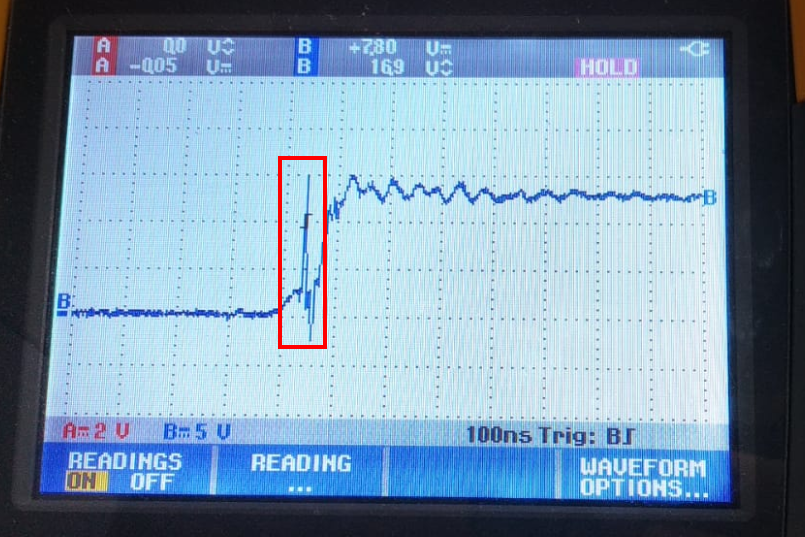Hello.
First of all, I hope you are doing well.
I am trying to do a buck converter that is 48V input and 12V output and 50A output current with a single phase.
I am using 10 mosfets which is 5 of them on the high side and 5 of them on the low side. Low side pins out very well but HO pins out is making a problem.
This out shows voltage that is between HighSide mosfet's gate and SW pin.
Why is that happen? I want this part to increase linearly but when it increases one time it goes down and increasing again.




